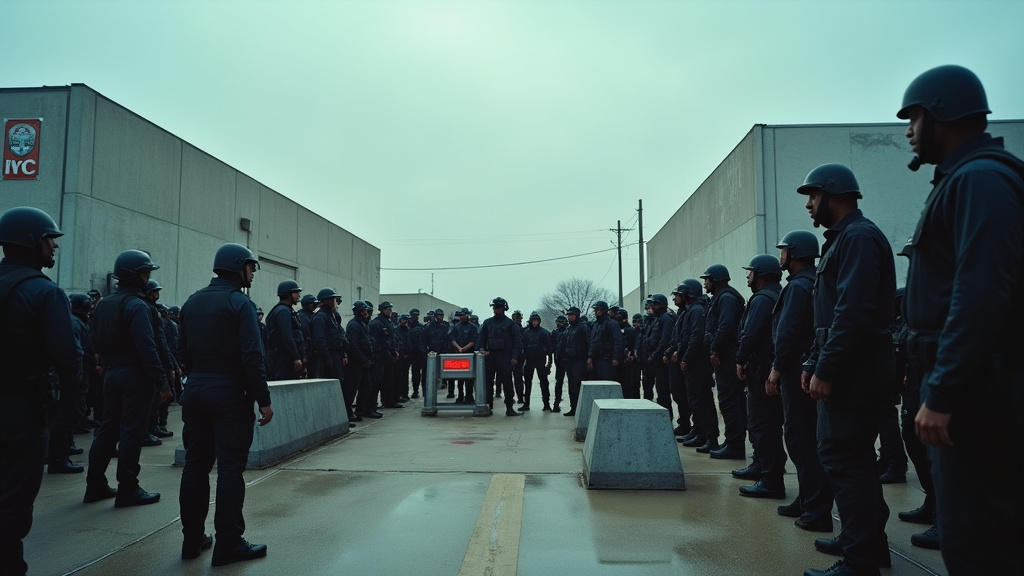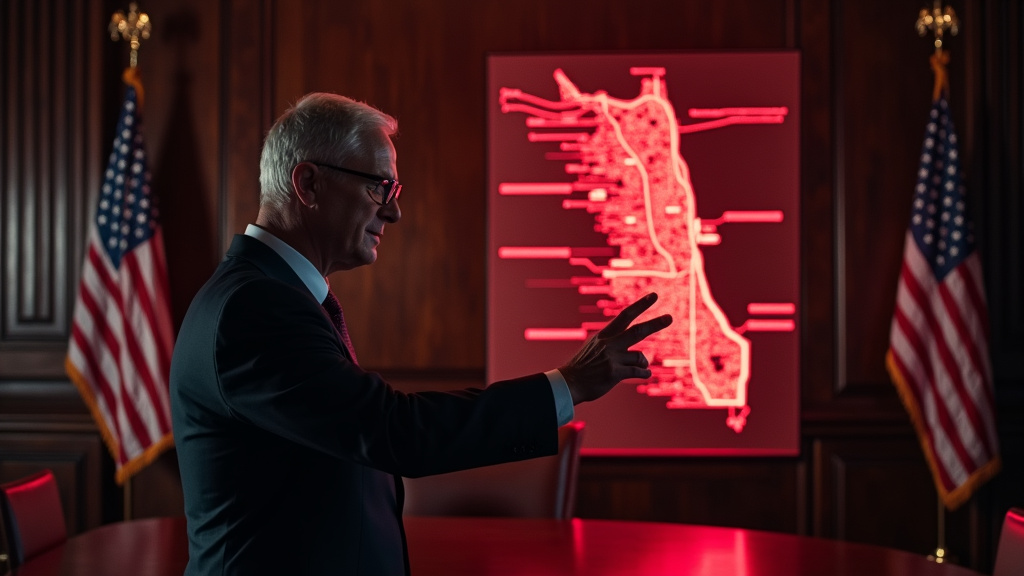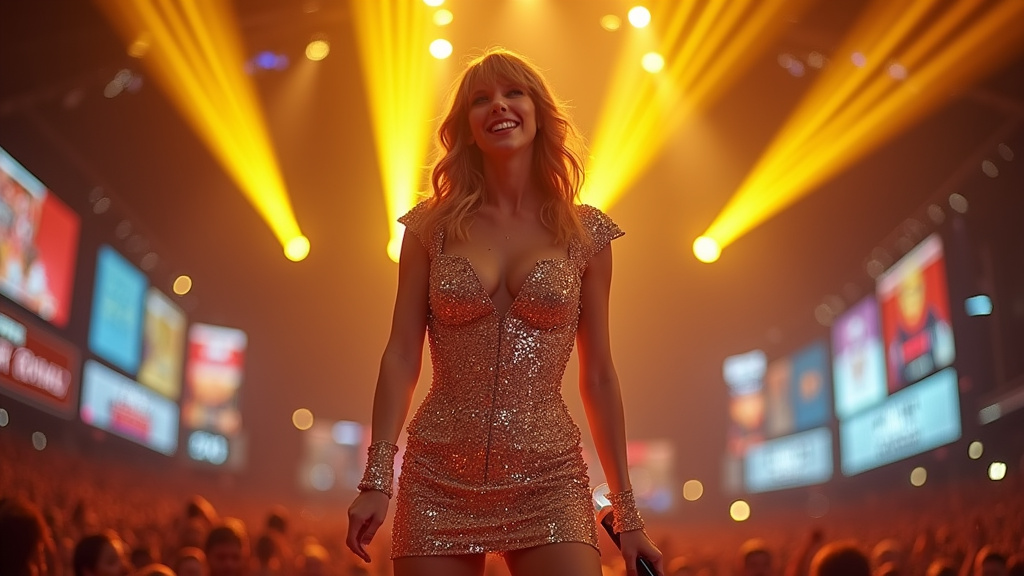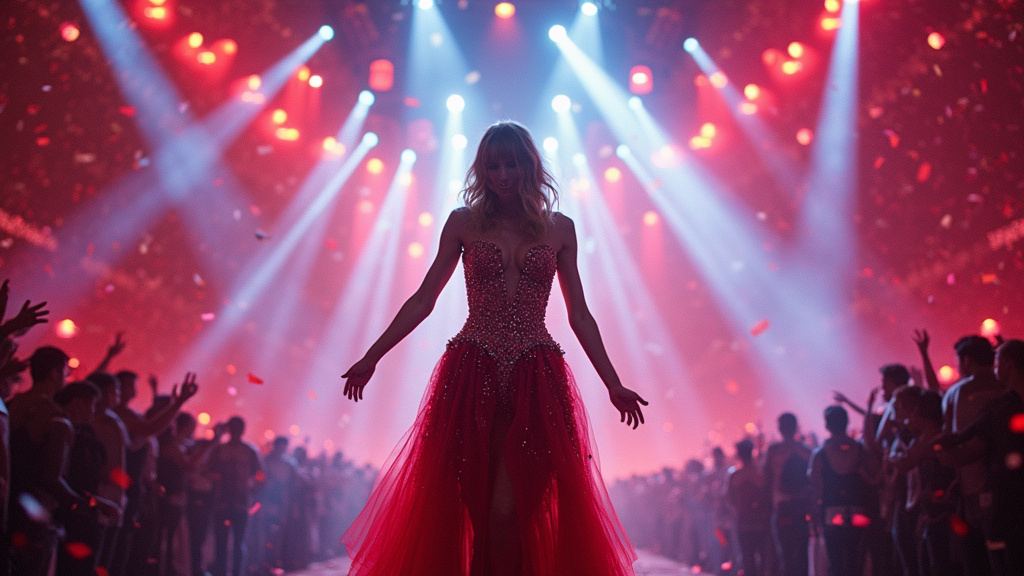When you think of Chicago, certain images come to mind: the towering skyline reflected in Lake Michigan, deep-dish pizza that defies gravity, and the roar of fans at Wrigley Field. But to those in the know, Chicago is also synonymous with one word: jazz. This city has been a crucible for the genre, birthing legends, shaping sounds, and providing a sanctuary for music lovers from across the globe. And while the world of jazz has evolved, Chicago’s love affair with this soulful music remains as vibrant as ever.
Jazz in Chicago isn’t just a relic of the past—it’s the soundtrack of the city, a rhythm that pulses through its streets and history. From the roaring 1920s to the current resurgence of young talent, jazz has found a way to remain relevant, influential, and quintessentially Chicagoan.
A Jazz Migration: From New Orleans to the Windy City
To understand Chicago’s deep connection with jazz, you must start with the Great Migration. In the early 20th century, African Americans fled the Jim Crow South for northern cities like Chicago in search of better opportunities and freedom. Along with their hopes and dreams, they brought their culture, and at the heart of that culture was music.
When New Orleans jazz musicians arrived in Chicago during the 1910s and 1920s, the city became a melting pot for innovation. Jazz legends like King Oliver and Jelly Roll Morton found an eager audience here, performing in venues like the Sunset Café and the Lincoln Gardens. These weren’t just clubs—they were cultural epicenters, places where jazz was nurtured and evolved into something uniquely Chicagoan.
Chicago’s version of jazz was faster, more energetic, and heavily influenced by the bustling industrial city it called home. The Windy City’s bluesy grit blended with New Orleans’ soulful swagger, creating a sound that was raw, emotional, and electrifying.
The Prohibition Era and Jazz’s Rise
The 1920s marked a golden era for jazz in Chicago, largely fueled by Prohibition. With alcohol outlawed, speakeasies popped up across the city, offering an underground escape for those looking to defy the law. And what’s a secret nightclub without live music? Jazz became the soundtrack to this defiance, embodying the freedom and rebellion of the era.
Venues like the Green Mill Cocktail Lounge, which still stands today, became legendary. A favorite haunt of Al Capone, the Green Mill saw performances from jazz greats like Billie Holiday and Louis Armstrong. These speakeasies weren’t just about booze and music—they were spaces where cultures collided, where Black and white Chicagoans could mingle in ways that were otherwise rare in a segregated America.
The music wasn’t confined to nightclubs, either. Chicago’s South Side became the beating heart of jazz, with 47th Street and Bronzeville serving as hubs for Black culture. Record labels like Paramount and OKeh captured the sounds of the city, introducing artists like Bessie Smith to a national audience and solidifying Chicago’s reputation as a jazz mecca.
A Decline and Revival
By the 1940s, jazz was changing, and so was Chicago. Bebop, with its complex structures and virtuosic demands, began to dominate the genre. While some local musicians embraced the new style, others stuck to the traditional sounds of Dixieland and swing. The city’s jazz scene started to splinter, and as rock and roll rose in the 1950s and 1960s, jazz clubs struggled to stay open.
But Chicago is nothing if not resilient, and jazz never truly disappeared. In the 1960s, the Association for the Advancement of Creative Musicians (AACM) emerged as a force for experimental jazz, pushing boundaries and redefining what the genre could be. Musicians like Anthony Braxton and Roscoe Mitchell kept Chicago at the cutting edge of jazz, even as mainstream audiences shifted their attention elsewhere.
The 1990s saw another revival, with venues like the Jazz Showcase and the Velvet Lounge reinvigorating the scene. Today, Chicago’s jazz clubs range from historic landmarks to modern hotspots, each offering a unique slice of the city’s musical soul.
Chicago Jazz Today
In 2024, jazz in Chicago is thriving like never before. The annual Chicago Jazz Festival draws thousands of fans to Millennium Park, showcasing both legendary performers and up-and-coming talent. The festival is a reminder that jazz isn’t just music—it’s community, history, and storytelling all rolled into one.
Venues like Andy’s Jazz Club and the Hungry Brain continue to host nightly performances, while newer spots like Constellation push the envelope with experimental and avant-garde acts. The city is also home to world-class educational institutions like the University of Chicago and the Jazz Institute of Chicago, which nurture the next generation of jazz musicians.
What makes Chicago’s jazz scene so special is its diversity. You can find every style here, from traditional New Orleans jazz to cutting-edge fusion. The city’s musicians are unafraid to experiment, blending jazz with hip-hop, electronic music, and global sounds to create something entirely new.
The People Behind the Music
Jazz in Chicago isn’t just about the music—it’s about the people who make it. The city’s jazz community is tight-knit, passionate, and deeply committed to keeping the tradition alive. Local musicians like Marquis Hill and Makaya McCraven are leading the charge, earning international acclaim while staying true to their Chicago roots.
Then there are the unsung heroes: the club owners, promoters, and fans who keep the scene alive. Places like the Green Mill and the Jazz Showcase wouldn’t exist without people willing to pour their hearts—and wallets—into creating spaces where jazz can thrive.
Chicago’s jazz scene is also deeply inclusive, reflecting the city’s diversity. Female musicians like Nicole Mitchell and Tomeka Reid are breaking barriers in a genre that has historically been male-dominated. Meanwhile, young artists from all backgrounds are finding their voices in the city’s vibrant jazz ecosystem.
Why Jazz Matters
In a world dominated by streaming algorithms and fleeting TikTok trends, jazz stands out as a reminder of the power of live music. There’s something magical about sitting in a dimly lit club, drink in hand, as a saxophone wails and a drummer builds a rhythm that makes your heart race. It’s a visceral, communal experience, one that can’t be replicated by a playlist.
Chicago’s jazz scene isn’t just about preserving a tradition—it’s about pushing it forward. The city’s musicians are constantly experimenting, proving that jazz isn’t a museum piece but a living, breathing art form.
For Chicagoans, jazz is more than music. It’s a symbol of the city’s resilience, creativity, and cultural richness. It’s the sound of people coming together, of stories told through melody and improvisation. And as long as there are artists willing to pick up an instrument, Chicago’s love affair with jazz will continue to flourish.
So the next time you find yourself in Chicago, skip the tourist traps and head to a jazz club. Listen closely, and you’ll hear the city’s heartbeat—steady, soulful, and unmistakably jazz.











